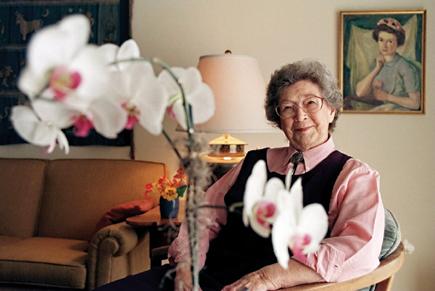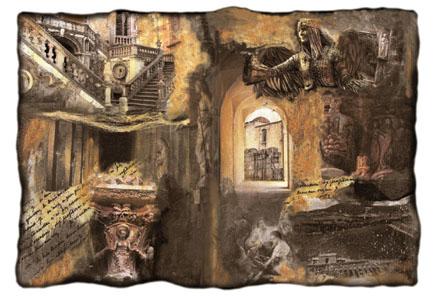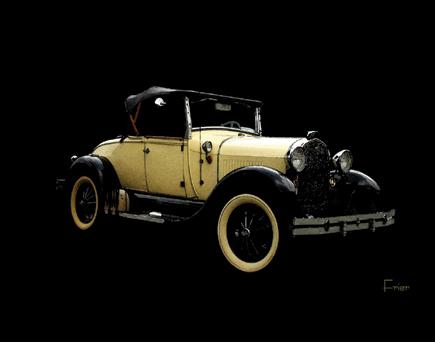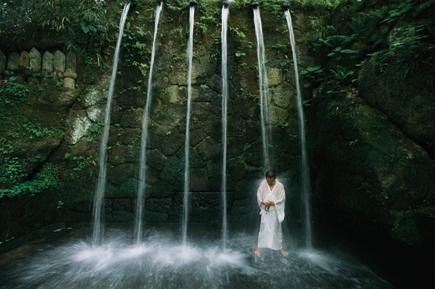|
Apr 01, 2007
|
Apr 01, 2007
|
Apr 01, 2007
|
Mar 01, 2007
|
Mar 01, 2007
|
Mar 01, 2007
|
Feb 01, 2007
|
Feb 01, 2007
|
Jan 01, 2006 |
First Published: Jan 01, 2007
















